Africana Studies Glows at Golden Anniversary Celebration at CSUN
The Department of Africana Studies at what was then San Fernando Valley State College, was born in a storm, grown out of the student protest movements of the 1960s and launched with visceral demands for representation, community and equal access to higher education. Half a century later, the department at California State University, Northridge remains a pioneer and paragon of ethnic studies, celebrating all that African-American students, faculty, staff and alumni (and those from the black diaspora) have achieved — as well as what’s to come for black studies in the 21st century and beyond.
That arc of history was on rich display on Feb. 28 at the Younes and Soraya Nazarian Center for the Performing Arts, at the 50th year anniversary black-tie reception celebrating black culture and the department’s deep history. The reception capped a month of campus events, guest speakers and performances during Black History Month.
CSUN leaders were clearly bursting with pride as they posed for photos with students and faculty, mingled with alumni and cheered an African dance performance by the African Student Association (ASA), accompanied by drummer Curtis Byrd.
“As most of you know, I’m a CSUN alum. When I came to Cal State Northridge, it was San Fernando Valley State College,” William Watkins ’74 (Urban Studies), dean of students and vice president for Student Affairs, said in a “personal expression of thanks” to the crowd.
“I came out here in 1970, one of the early classes of the EOP (Equal Opportunity Programs),” Watkins said. “When we arrived here, we were shocked and they were shocked. The whole experience of really becoming a black and African-American community began to take momentum in the late ’60s, early ’70s and beyond. It’s absolutely clear that the then-Afro-American studies department was central to my development, to the development of so many of my peers who came through, and certainly students who would come after.”
Watkins, who went on to be elected as CSUN’s first African-American student body president, reminisced about his undergraduate years, rehearsing with the student gospel choir at the dorm Rincon Hall (now long gone), along with friends such as the Rev. Zedar Broadous, former head of the San Fernando Valley Branch of the NAACP and member of one of the most prominent African-American families in the Valley.
“We would sing and rehearse, and on weekends we’d get on these big, yellow buses and leave from the campus and go into our communities in South Central LA and sing gospel, because we’d all come out of the church,” Watkins said. “Even though we were all out here being militant at that point in time, we found that we were Christians after it was all over,” he quipped, as the crowd erupted in laughter. “I remember so fondly that experience, and being part of the Black Student Union.
“For so many of us, the Afro-American studies department was indeed the home base,” he said. “It was where we found support, encouragement and were reminded often and repeatedly that our engagement of the learning process was not just for ourselves, but was for our communities. We thought so often about the importance of our education and completing that journey.”
He held up a medallion formed in the shape of an ankh (the ancient Egyptian symbol for life), which he received at the Black Graduation ceremony in 1974. “It’s stayed with me in my home, part of my family’s holdings,” Watkins said. “It speaks to the journey, but also of the bond between my life and the life of this department.”
Theresa White, department chair, looked back to fall 1968, when Valley State members of the Black Student Union (BSU) and Students for a Democratic Society (SDS) led a student walk-out and organized a strike on campus, which led to a “takeover” of what is now Bayramian Hall to demand the creation of Afro-American and Mexican-American studies departments, and the expansion of EOP. The following spring, in 1969, the Valley State administration approved the formation and curriculum development of those departments, now known as Africana and Chicana/o studies. In fall 1969, classes began.
“Today is part of what we are calling ‘The Arc Of Celebration,’ and this event was specifically designed to be student centered, where we aim to showcase our students’ many talents,” White said. “I am proud to be the chair of the Africana studies department, where we have faculty, staff and students who are committed scholars, and stewards of the [department’s] mission. The significance of having the Africana and black faculty and students on this campus cannot be understated. There are lots of really colorful, unique characters … characters who don’t take ‘no’ for an answer. In fact, as my ‘shero,’ Sen. Kamala Harris, often states, ‘they eat no for breakfast.’ They always seem to find a workaround to support the advancement of our department, and our students.
“Black culture brings a rich tapestry and history of struggle, resilience and perseverance,” she said. “We bring nuance and substance to every single space that we enter — in the classroom, politics, education, activism, popular culture and media. Where would this campus be without black and brown faces? There is nothing like black culture, from the head-rollin,’ twerkin’ sista’ girl, to the poetic, eloquent soliloquies of the late renowned author and poet Maya Angelou. We come in all flavors and all colors.
Just a few of those flavors and colors were on display at the reception, including a breathtaking spoken-word performance by guest artist Shelley Bruce, and a moving performance of the Black National Anthem (“Lift Every Voice and Sing”) by CSUN student Alwayne Spencer, as well as performances by students Jessica Antoine and Jared Martin. Student Micah Moore served as the co-master of ceremonies.
Yan Searcy, dean of the College of Social and Behavioral Sciences, echoed Watkins’ expressions of gratitude, as he welcomed and congratulated attendees.
“My presence, me standing here, is due to the struggles of the students who came before me, which led to the creation of Africana Studies,” Searcy said. “There is no me standing in front of you as a dean without the struggles of those students, so I’m eternally grateful.
“This 50 years is a triumph,” he said. “We often study history and the struggles, but sometimes I think we get lost in the struggles. We don’t spend enough time with the triumphs. Fifty years of a discipline dedicated to studying people of African descent is a triumph. I salute, I bow to the Department of Africana Studies. I appreciate the ongoing contribution you make to all students, and everyone here at CSUN.”
Over five decades, Africana studies has become an important resource and “an intellectual home” for CSUN students as well as researchers across the nation, said Stella Theodoulou, interim vice provost.
“Africana studies has transformed the lives of many of our students, and it has brought recognition to CSUN as one of the most socially aware and diverse universities in the nation,” she said. “When we look at what the department has done over the years, one of the greatest reflections is that so many of our students who have graduated from the department have gone on to become leaders in their communities, in the business world and in the intelligentsia. Here’s to the next 50 years.”
At the end of his remarks, Watkins seemed to speak straight to the students in the department, as well as to the faculty and staff, who worked hard to plan the celebration.
“This department will be here as long as this university is here,” he said. “We’re not visiting, we are part of this academy. The discipline of Africana studies is indeed part of the foundation of understanding in higher education here and going forward. When you see students who are doubtful about whether or not this experience of learning will be here, it’s incumbent upon us all to pull them aside and make sure they know that this department is meaningful, central and every bit a part of the academic programs at this university as any other department here on this campus. Let’s look forward to the next 50 years.”

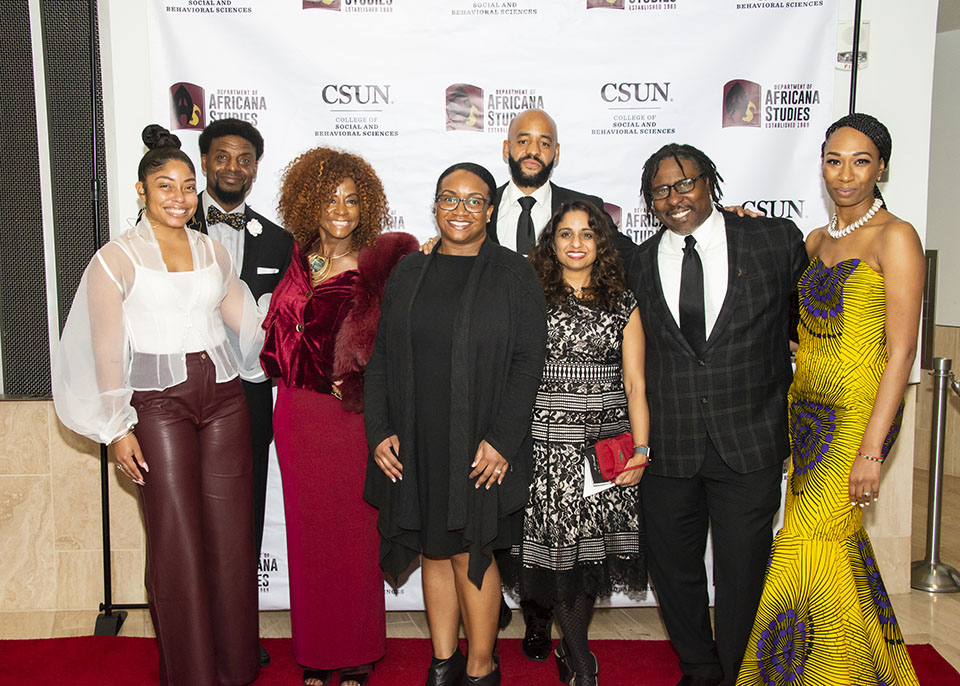

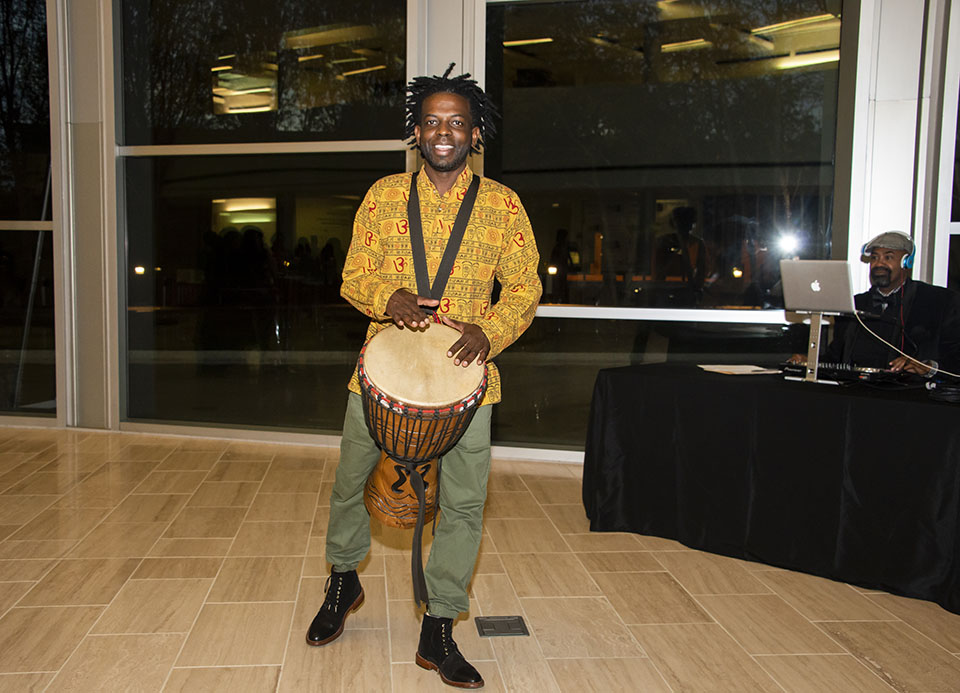
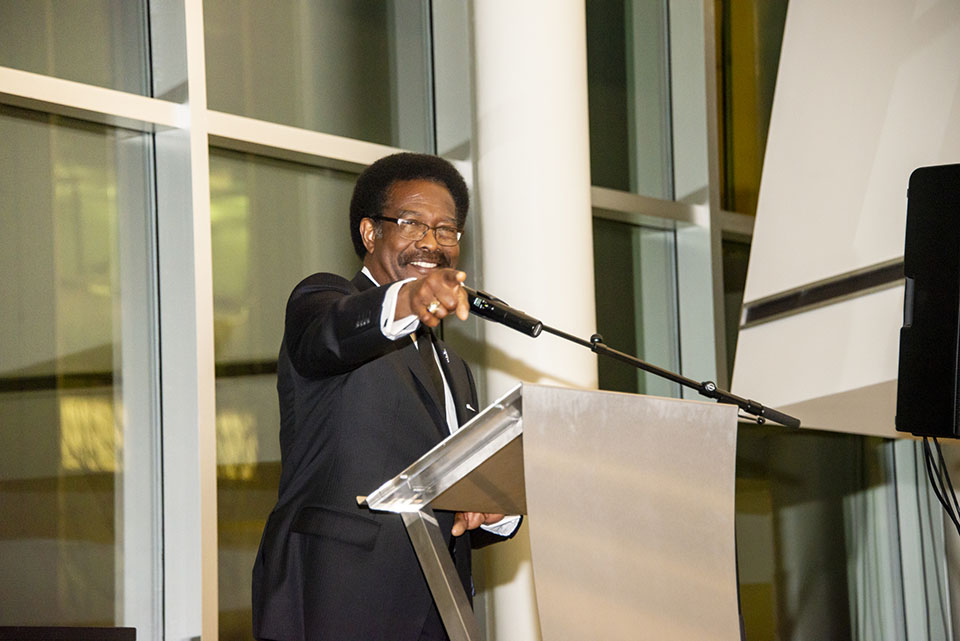
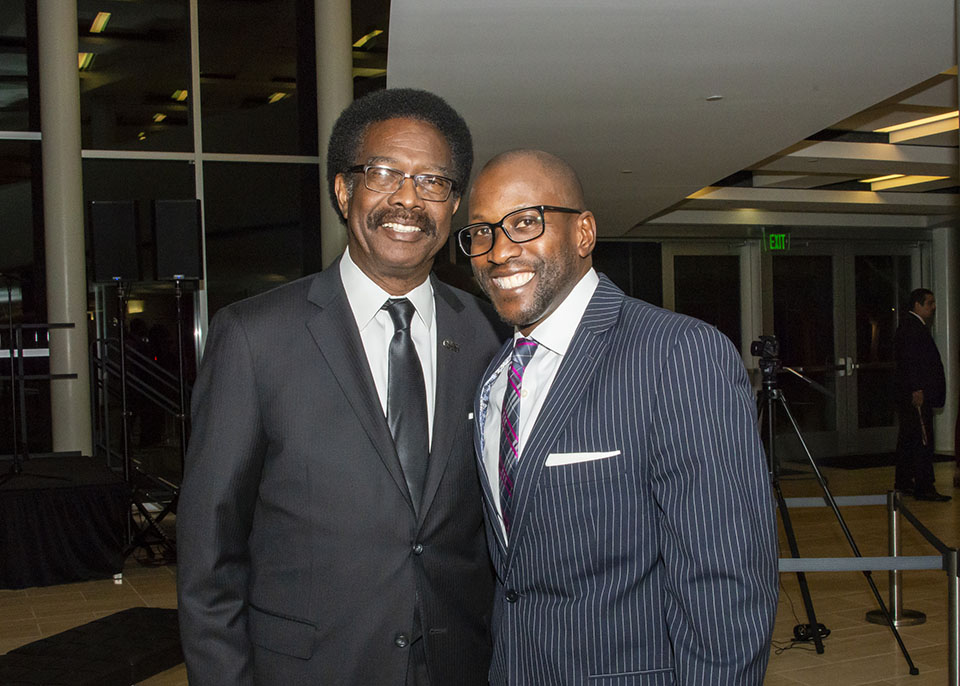

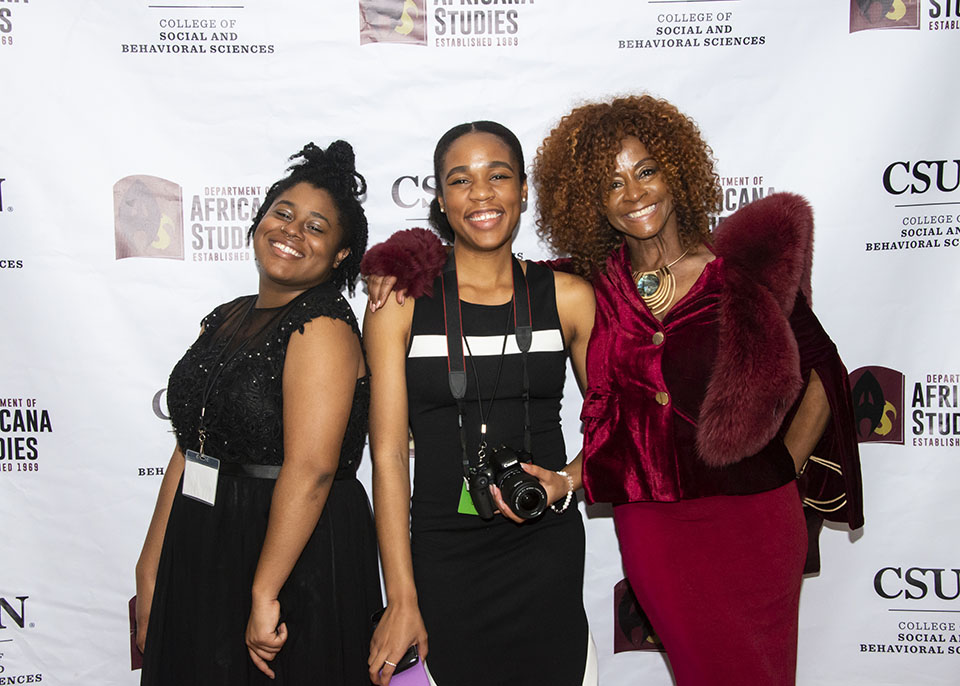
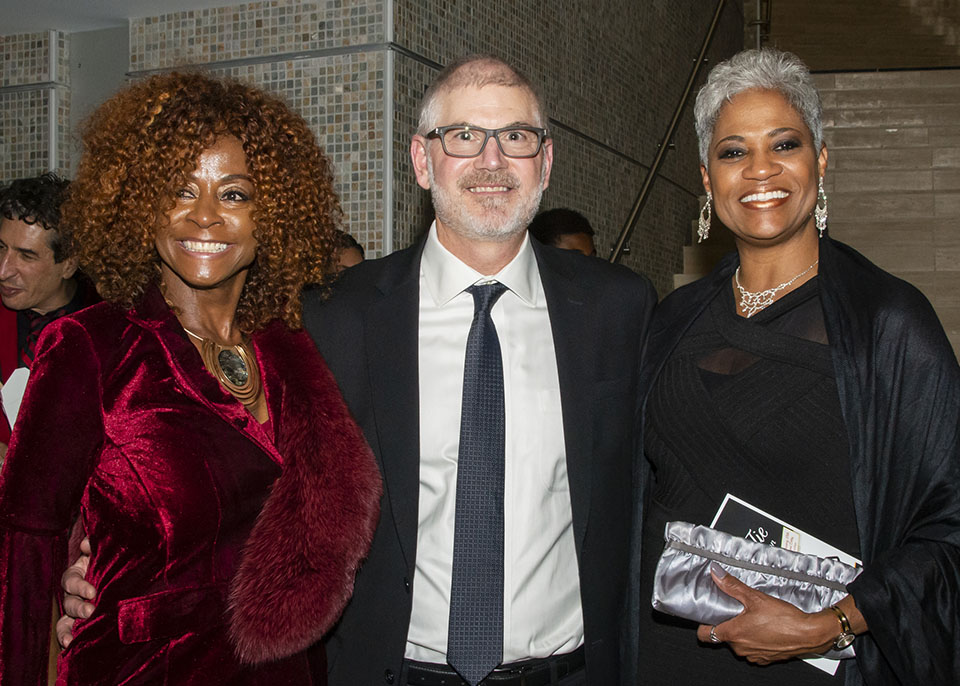
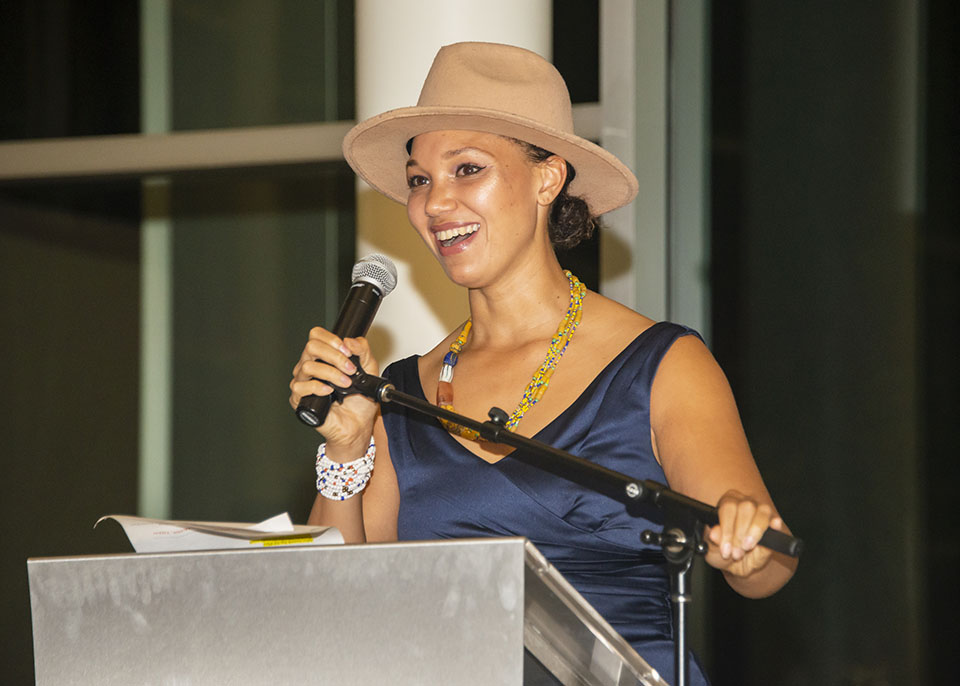
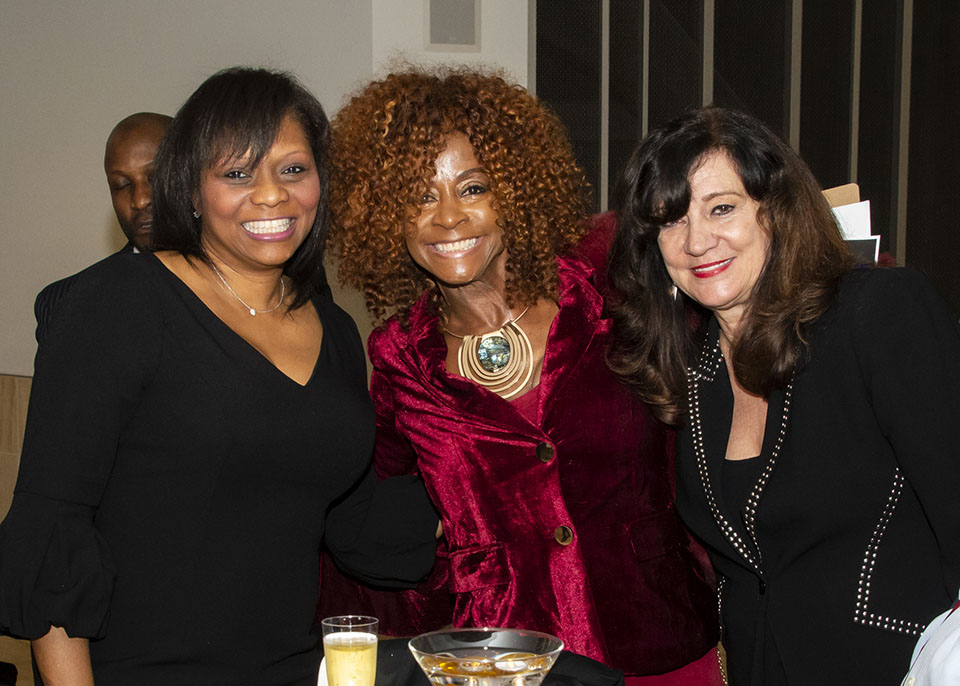
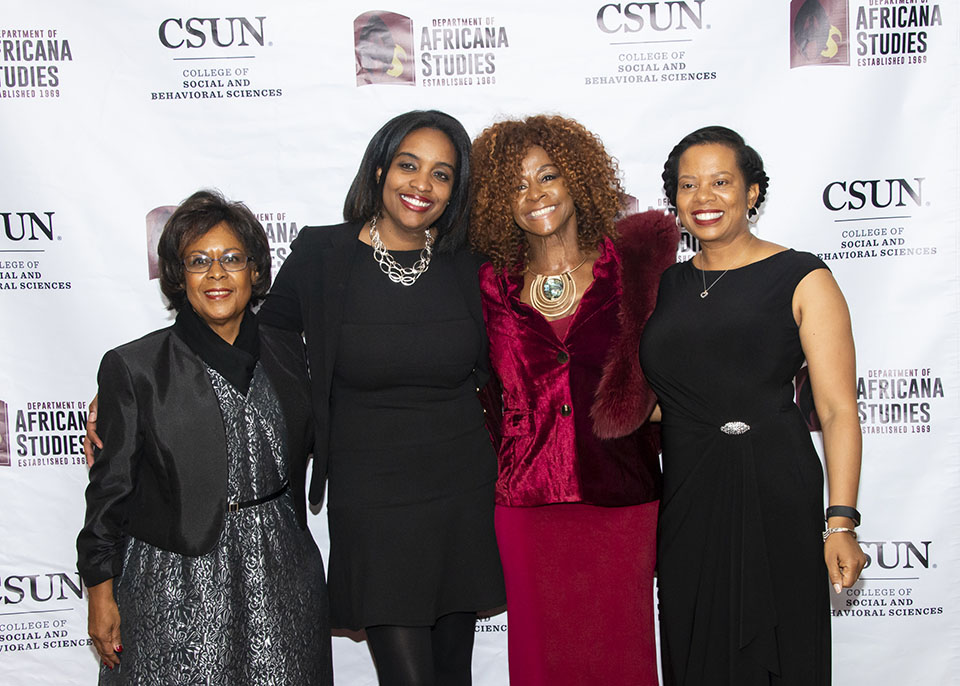
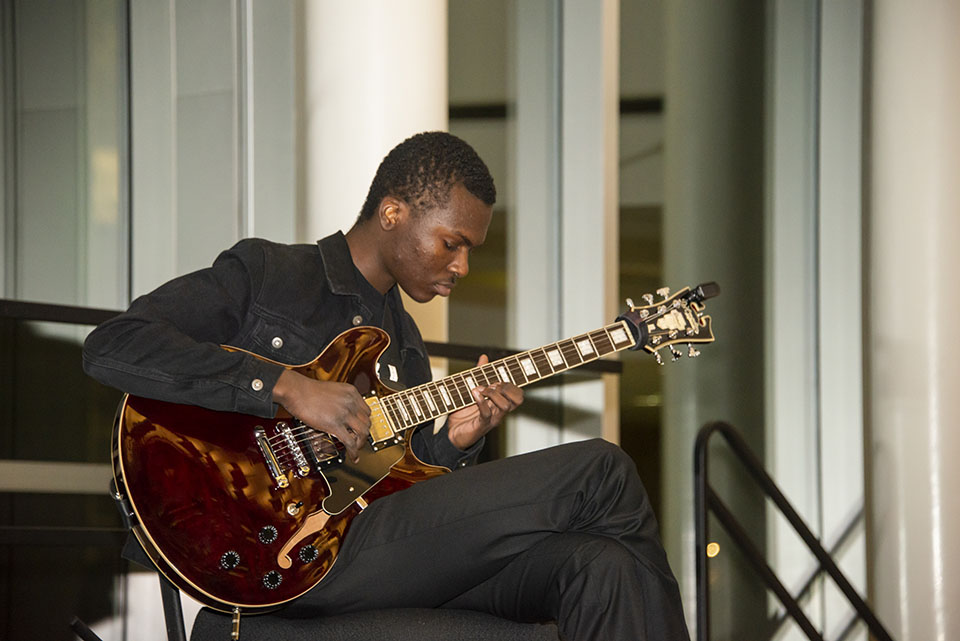
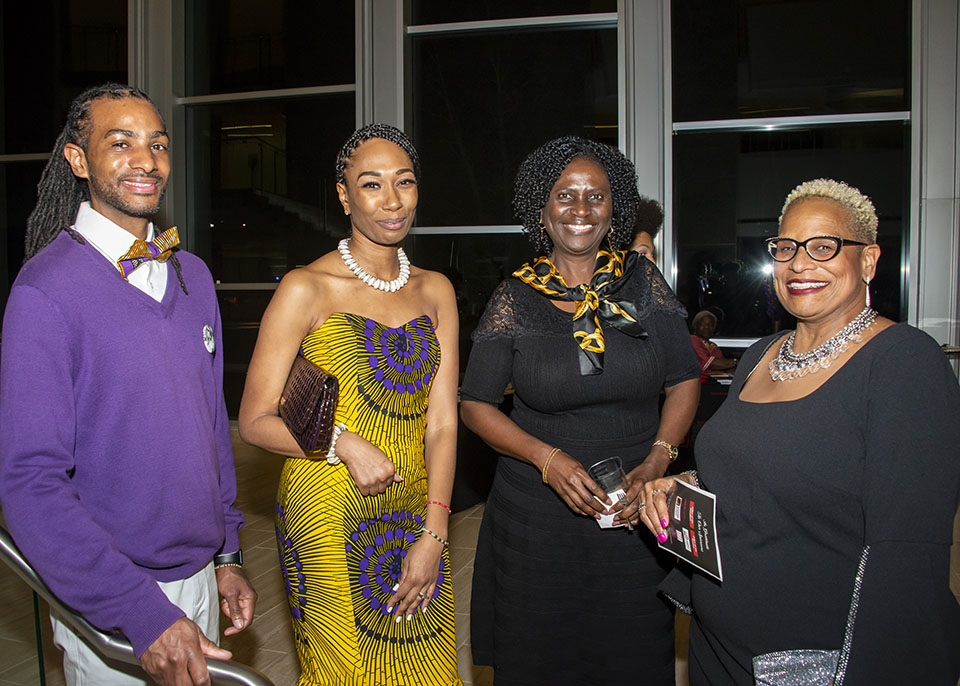

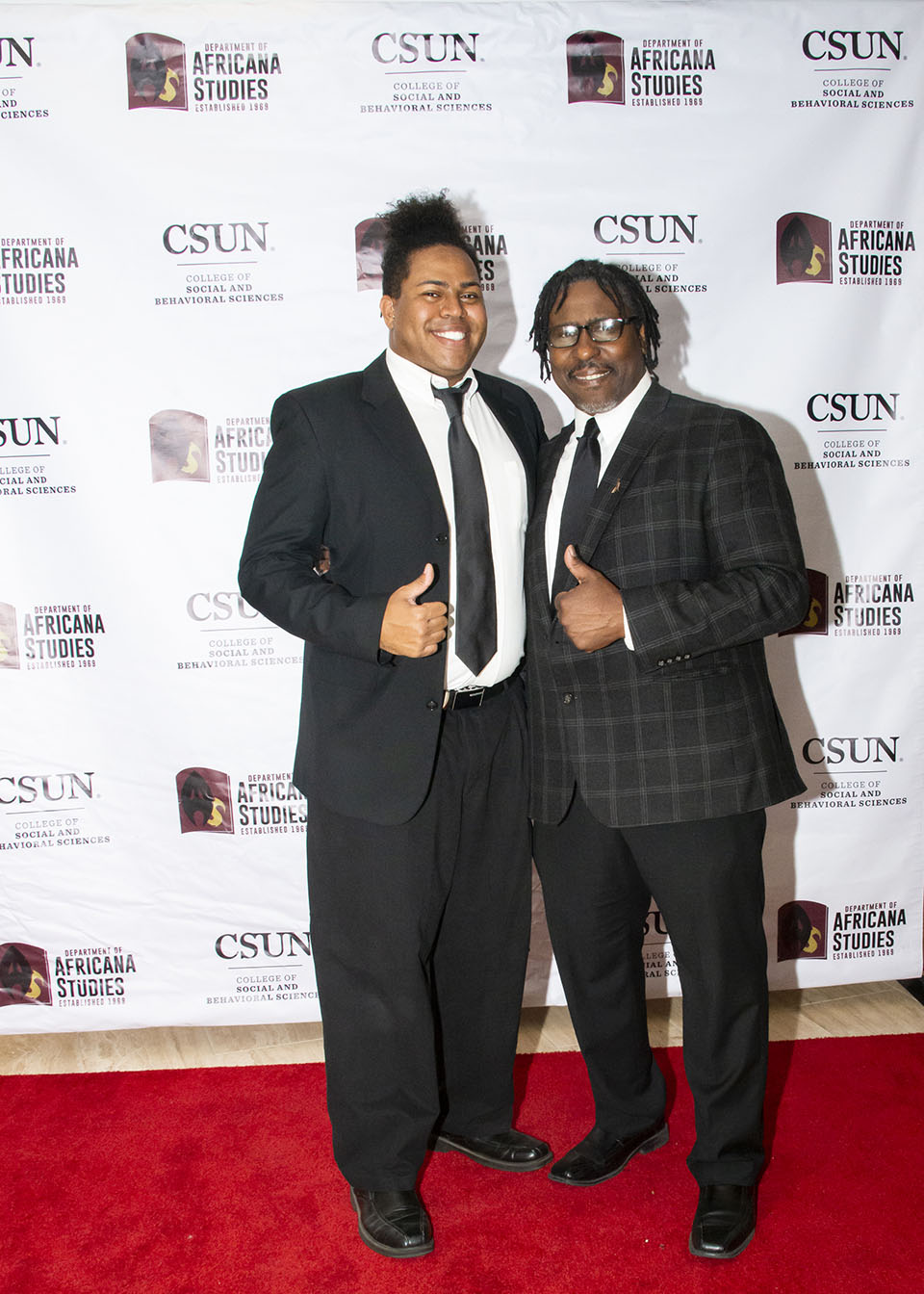


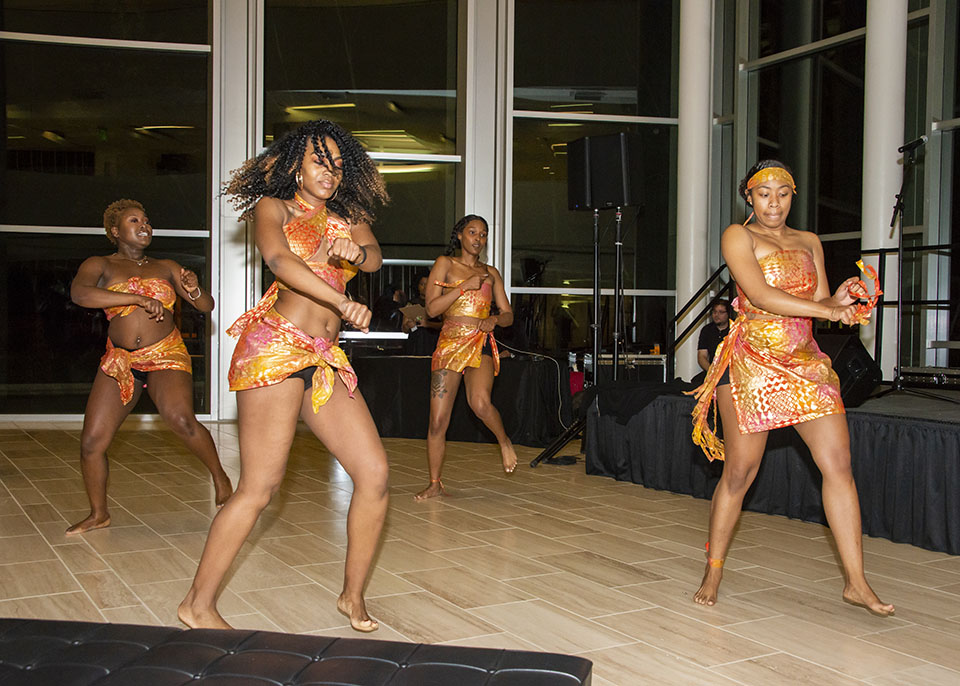
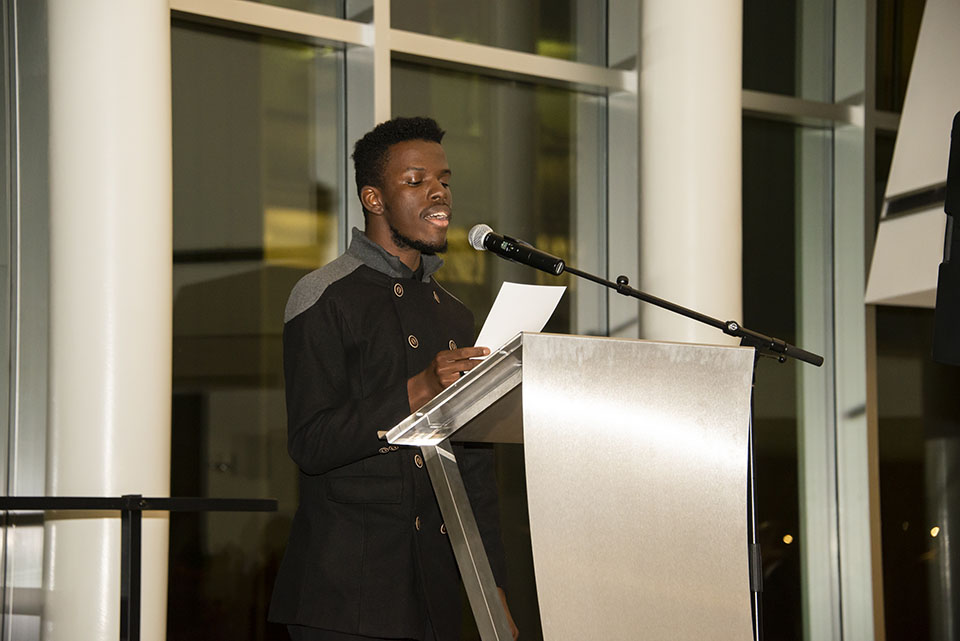
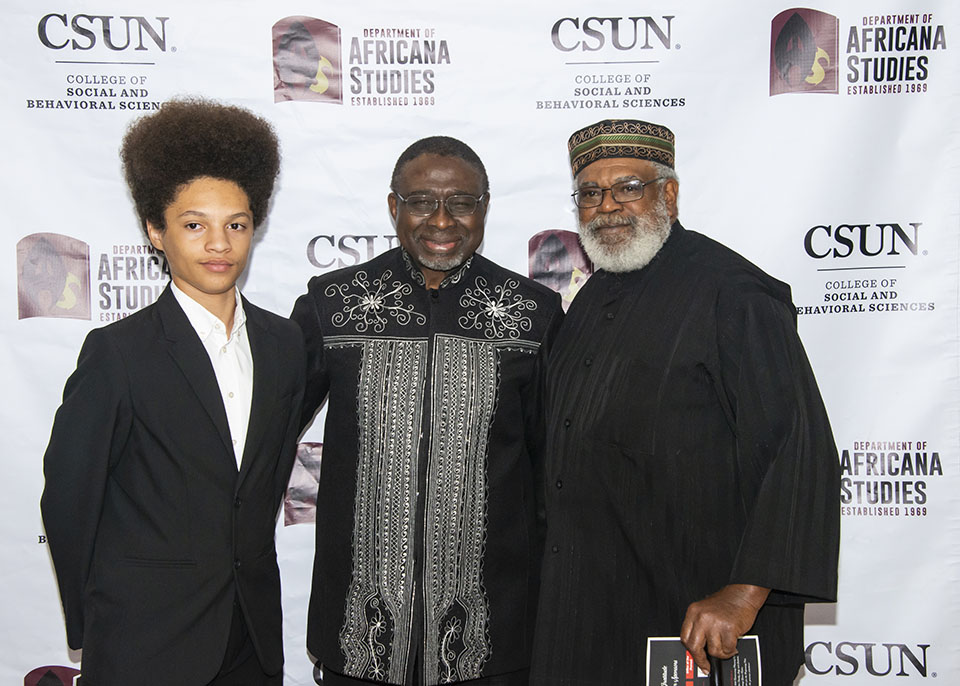
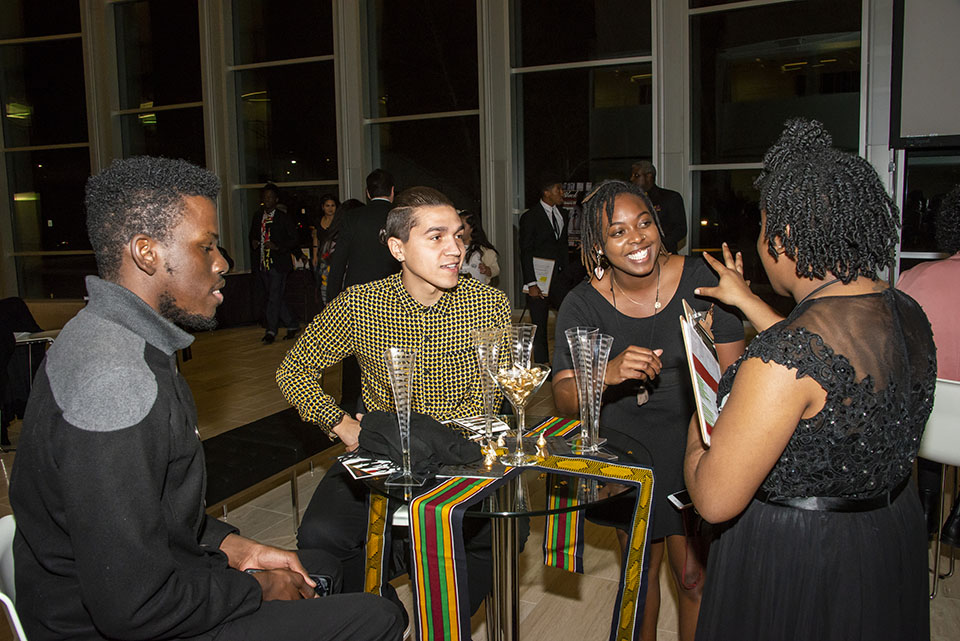

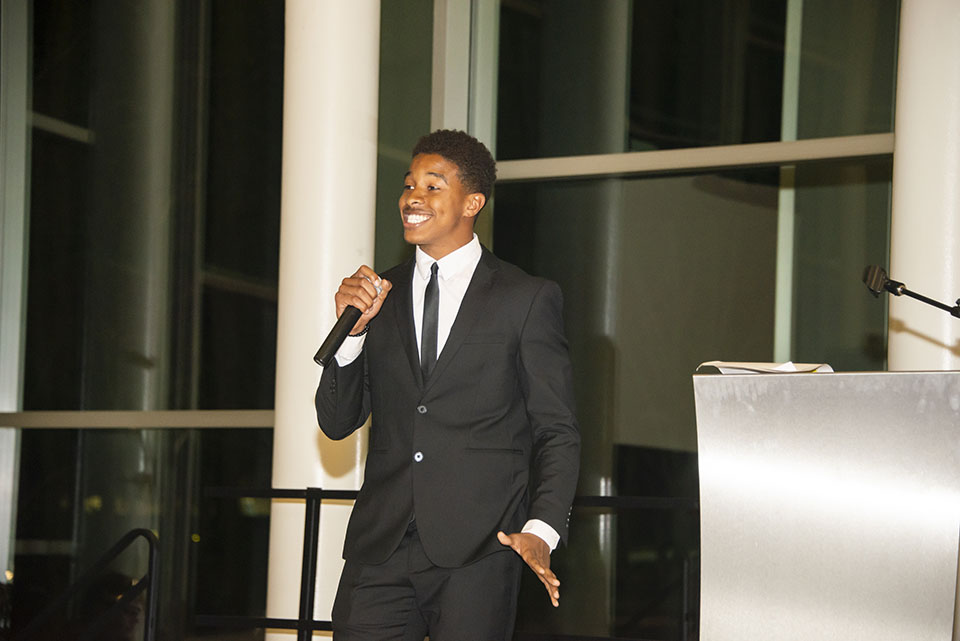
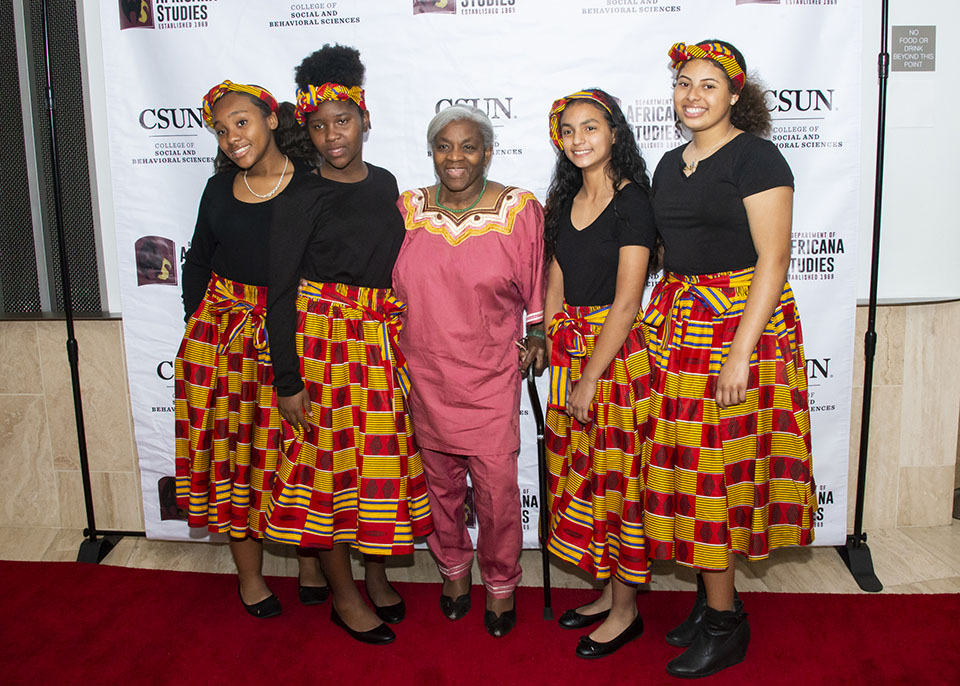


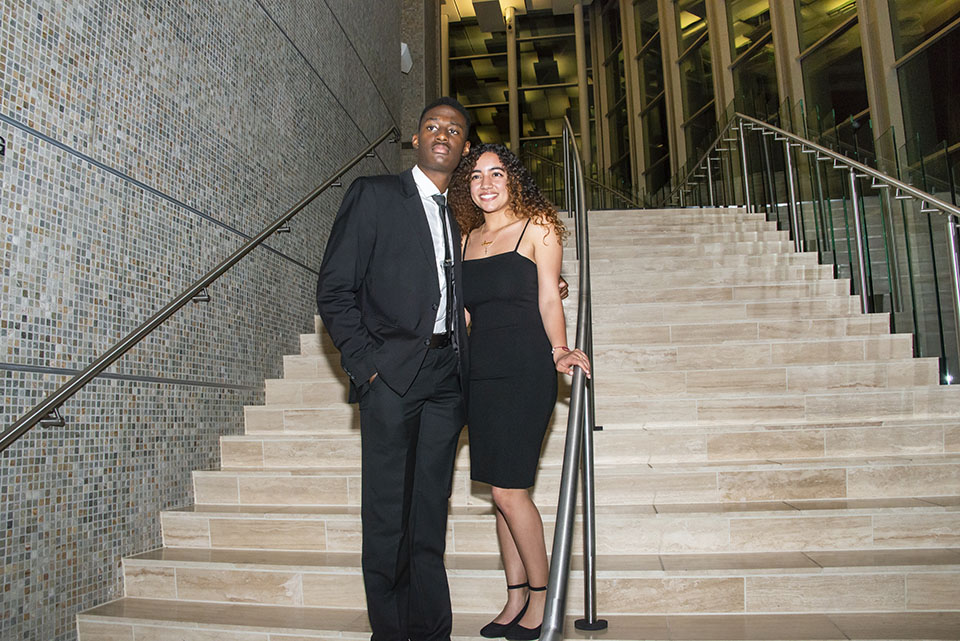
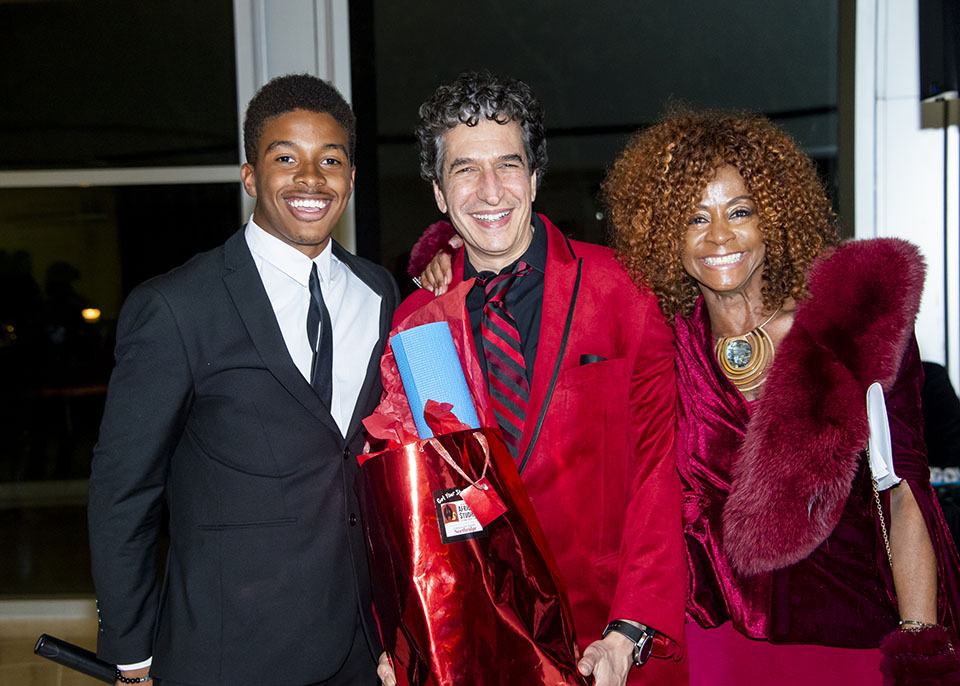
 experience
experience